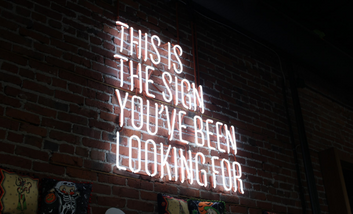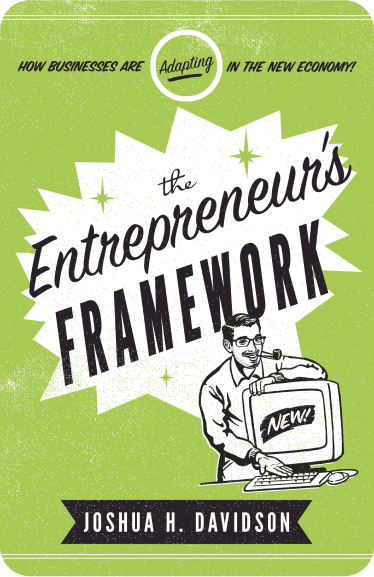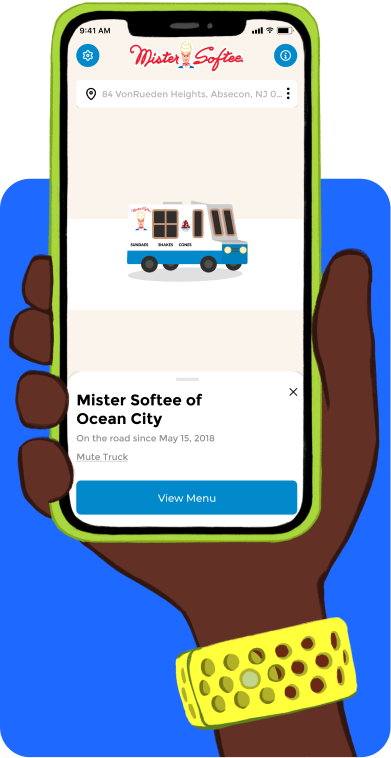Now that we are officially into 2023, a lot of 2022 data is available, making it a great time for a 2022 app market review!
What were the biggest trends of 2022, which were the most successful apps of the year, and what does this say about consumers and the market in general? Why did certain apps become so popular?
We are in a time of acceleration, transformation, and growth when it comes to the business of apps.
There is no doubting that! So, let’s take a look at what happened last year. This can help those in the business better understand what comes next.
Mobile Is Still Strong
Even after more than a decade of apps, this sector is still thriving. Collectively, users installed about 37 billion apps in the first quarter of 2022 alone. This represents an 11% increase from 2021.
However, it gets interesting when it comes to Android vs iOS.
Of the 37 billion apps downloaded, only 8 billion of those were downloaded on Apple devices. This means that about 28 billion of those downloads were on Android. However, despite having fewer downloads, Apple trumps Andoid when it comes to spending.
2022’s first quarter alone saw the highest consumer spend on mobile apps in history. However, 2022 as a whole was down slightly from 2021 when it comes to global consumer app spending.
Globally, consumers spent $170 billion in 2021 and $167 billion in the entirety of 2022.
This very slight drop is likely caused by life slowly returning to normal in most of the world after the height of the pandemic caused a wild bump in app sales.
How To Judge The Success Of An App?
When it comes to measuring the success of an app, there are numerous metrics. This includes metrics like:
- Installs
- Revenue
- Active Users
- Virality
- Awards
This makes things complicated. After all, a good ad campaign may get hundreds of thousands or millions of clicks, but if the app itself doesn’t work people may instantly delete it or never open it again.
Likewise, virality and social media followers are one metric of success, but they do not always lead to conversions.
That is why we will take a look at several of the ways that apps can succeed when talking about what apps were the most successful in 2023.
Comparing Successful Apps
When it comes to consumer spending, here were the top apps of Q1 2022:
- TikTok
- YouTube
- Tinder
- Disney+
- HBO Max
- Tencent Video
- Google One
- Piccoma
- iQiYi
- QQ Music
Here we can see that social media platforms, streaming services, and daily tools fill the top spots. However, many Americans may not be familiar with Piccoma, iQiYi, and QQ Music at all.
Piccoma is a Japanese webtoon subscription service. iQiYi is a Chinese online platform that lets users stream Anime, K-dramas, and shows from other countries in Asia.
QQ Music is one of the three Chinese freemium music streaming services owned by Tencent Music. It is actually a joint venture between Tencent and the popular US-based music streaming service Spotify.
However, when measuring success by active monthly users, things look slightly different in the exact same quarter.
- WhatsApp Messenger
- Facebook Messenger
- TikTok
- Amazon
- Telegram
- Spotify
- Netflix
As Meta owns Facebook, Whatsapp, and Instagram, the company is dominating when it comes to having the most regular users. While none of Meta’s products is the top earning, they are the most used globally.
Overall, with the exception of TikTok, social media does not crack the top when it comes to consumer spend. This could potentially be because TikTok’s users skew younger, and younger people are more easily swayed to spend money than older people, who often have more financial responsibilities.
Younger people often create viral trends and are the most eager to participate in them, which often involves buying something. One great example of this is the virality of the decades-old Clinique lipstick Black Honey.
It was revived by the TikTok beauty community. While initially introduced in the 1970s, the color was sold out everywhere in 2022. This fervor was largely led by Gen-Z TikTok users.
Wellness and Medical Apps Took 2022

At the beginning of the pandemic many gyms, salons, spas, and other places where people would traditionally go for health and wellness-related services were closed. This caused many people to seek at-home solutions.
This was a great boon to the beauty market overall.
SkyQuest forecasts that the number of global consumers using skincare products will rise from 2.4 billion in 2020 to 3.8 billion by 2024. The top five countries driving skincare market growth are China, India, the United States, Japan, and South Korea. These five countries account for more than two-thirds of the total global skincare market.
Something we are starting to see is the integration of beauty and tech via apps and devices as well. These will likely play a huge role
According to Data.ai, Medical apps grew 23% quarter over quarter in 2022. Health, wellness, and fitness apps grew about 20% quarter over quarter. One of the biggest winners in this sector in 2022 was the meditation and sleep app Calm.
A Look At The Controversial Rise of Mental Wellness and Health Apps and Services
The pandemic put significant stress on America’s already lacking health infrastructure. Isolation and global tragedy led to what many deemed a public health crisis. In 2021, 76% of workers in America reported struggling with anxiety.
In 2018, before the pandemic caused many likely lifelong mental health struggles, lack of access was already identified as the leading cause of the already existing mental health crisis in the US.
While Americans’ attitudes toward the importance of mental health and mental healthcare were already starting to shift, the resources were simply not available to meet demand.
According to a 2018 report released by Cohen Veterans Network (CVN), a national not-for-profit philanthropic organization, and National Council for Mental Wellbeing:
Forty-two percent of the population saw cost and poor insurance coverage as the top barriers for accessing mental health care. One in four (25%) Americans reported having to choose between getting mental health treatment and paying for daily necessities.
In this environment, many people turned to mental health apps and services, as they had no other options.
The Calm App, which aids users with meditation and sleep, was one of the biggest winners here. In Q1 of 2018, before the pandemic, the app earned $8.53 million in revenue. In Q1 of 2021, mid-pandemic, Calm earned $22.31 million in global revenue. Over the course of 2022, Calm earned more than $80 million.
According to Forbes:
Launched in 2012 by creators Alex Tew and Michael Acton Smith, Calm has racked up a number of accolades, including Apple’s 2017 iPhone App of the Year and an Editor’s Choice distinction from Google Play in 2018.
Calm features a wide variety of meditation, mindfulness, and sleep content for people of all ages. This includes bedtime stories for kids. Premium users also get personalized content.
A big draw of Calm and other award-winning mental wellness apps like How We Feel is that they require a minimal time investment.
How We Feel was designed with the help of scientists and therapists to help people track and constructively describe their feelings and apply coping strategies. It was one of the Cultural Impact Winners of 2022.
Issues with these Apps
However, there are significant issues within the rising mental health app industry. For example, The Economist warns that lacking security protocols and oversight means that users ’emotional data’ could potentially be hacked.
Virtual mental health and medical care generated significant revenue in 2022. BetterHelp, a virtual therapy company acquired by Teledoc Health, may have played a large role in Teledoc Health growing 42.8% YoY and soaring to be worth $1 billion by 2022.
However, despite the high earnings, the internet is full of horror stories of BetterHelp users. The influencers who promote the company as part of Teledoc’s marketing efforts are often subject to intense criticism.
One very common anecdote related to the app was actually published in an article by The Economist:
When Carolina Escudero was severely depressed, going to a therapist’s office became hard to face. So she joined BetterHelp, a popular therapy app. She paid $65 each week but spent most of her time waiting for her assigned counselor to respond. She got two responses in a month. “It was like texting an acquaintance who has no idea how to deal with mental illness,” she says.
2022 App Review: Final Thoughts
Outside of these types of apps, some of the fastest-growing apps by the number of users were Notion, Figma, and Keeper. Notion is a no-code note-taking app and complete collaborative digital workspace that hit 30 million users only halfway through 2022.
All of these apps are commonly used in corporate environments. Figma is used for design and Keeper enables more secure password management.
Over the course of 2022, we saw numerous apps become more integrated into the global workforce. Zoom, which blew up during the pandemic, seems to be sticking around more or less, for example. It was one of the most downloaded apps of Q1 in 2022.

Overall, while 2022 showed a slight dip in the revenue of the global app market compared to 2021, it is still incredibly strong. Numerous apps showed incredible success over the course of the year. As always, there has been both innovation and controversy.
So, what do you think? Comment below.
Since 2009, we have helped create 350+ next-generation apps for startups, Fortune 500s, growing businesses, and non-profits from around the globe. Think Partner, Not Agency.
Find us on social at #MakeItApp’n®

















